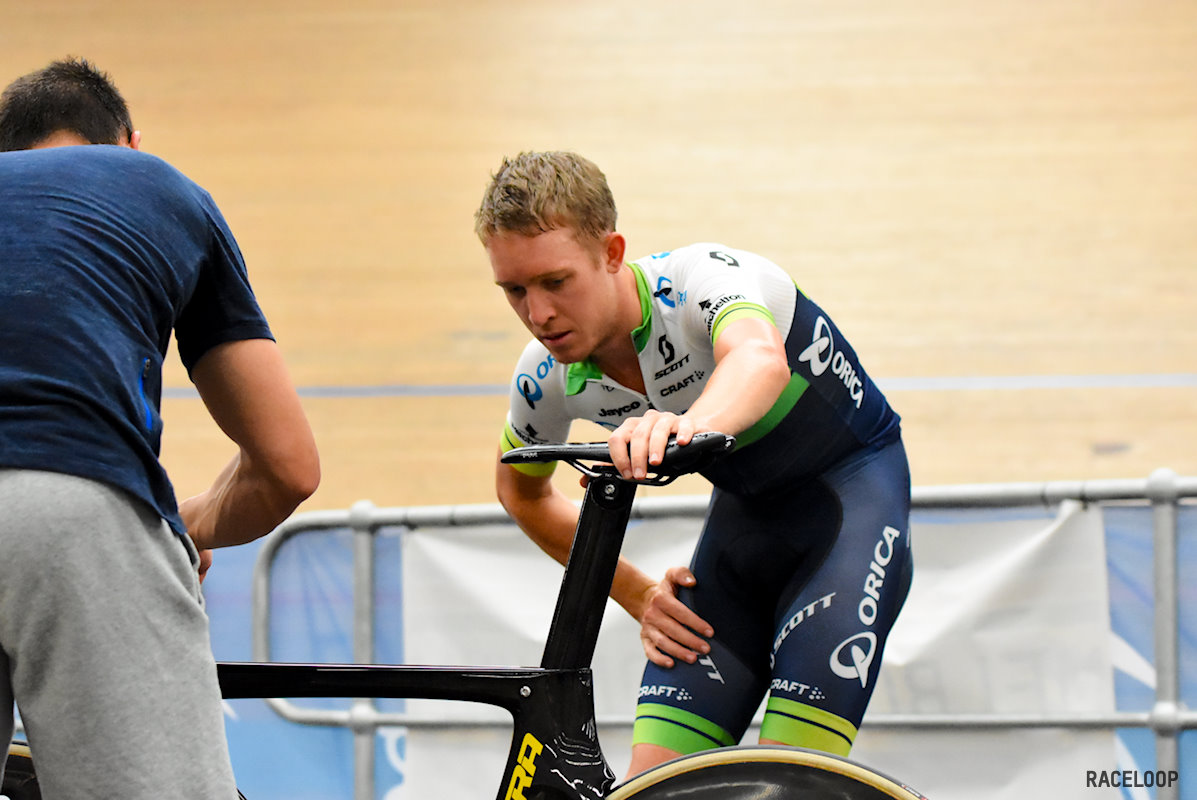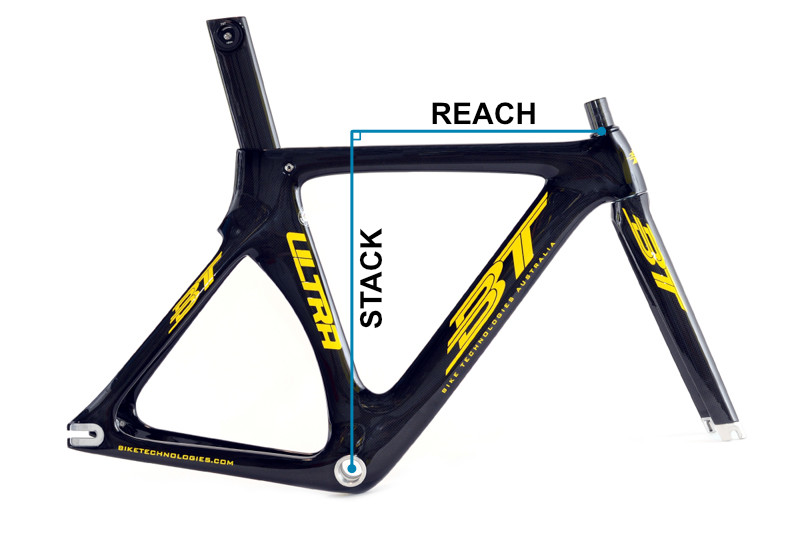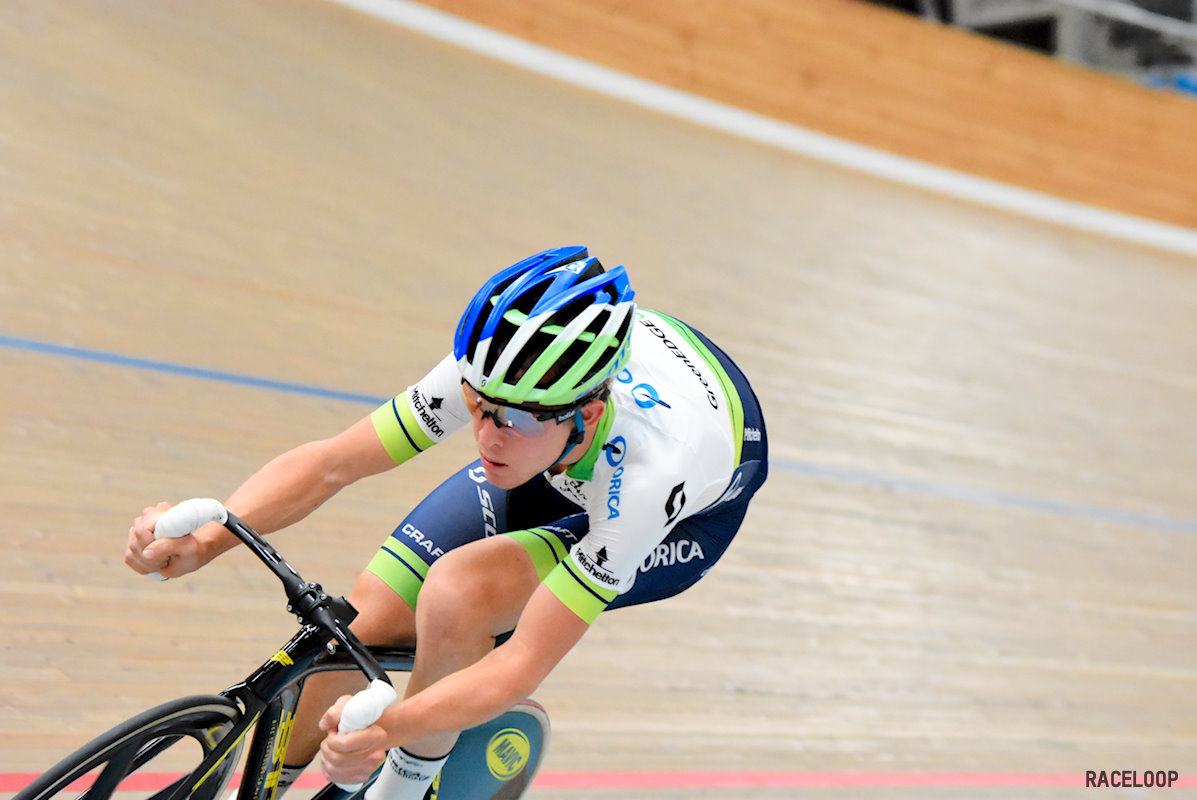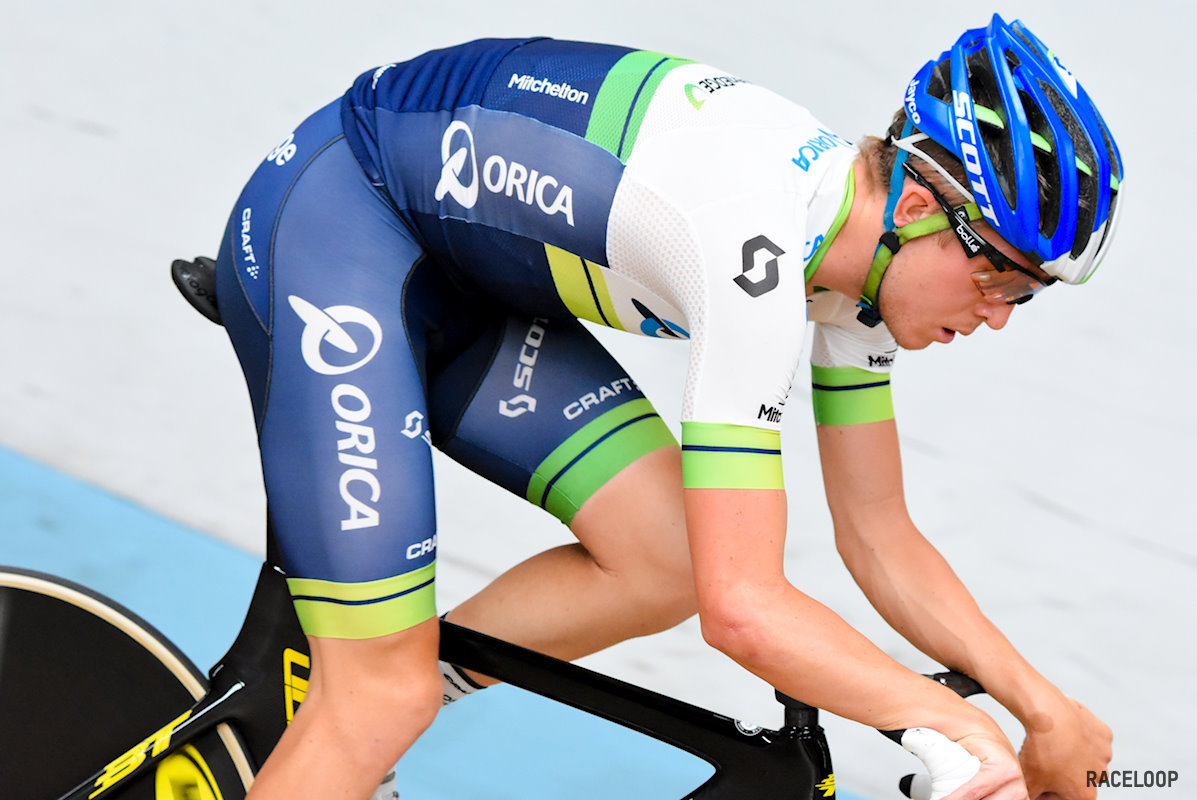
From a performance perspective, choosing and setting up a bike which fits correctly is important. However given the plethora of measurements and angles provided by the average bike manufacturer understanding how to size up a bike can be a confusing. In this article we describe a simple yet very effective system for sizing up your bike in a consistent and repeatable fashion. It’s not a new system but it’s worth talking about.
This article my be read inconjunction to my previous article: Track Bike Setup Within the UCI Rules.
Why Measuring Top Tube Lengths and Seat Angles Don’t Work
Cycling is a sport of tradition, and when talking frame size this has never been more true. Ask someone what size bike they ride and the typical reference will be to a top tube measurement or a seat tube measurement, usually in centimeters. While the origins of this measurement system probably date back to the dawn of time and conceptually it gives the avid cyclist some form of common reference system, it fails to accurately represent the true size of a frame.
So what is important in frame sizing? There are four things that really matter when sizing a bike:
- The vertical positions of the seat (saddle height)
- The horizontal position of the seat (Saddle setback)
- The vertical position of the top-center of the head tube (frame stack)
- The horizontal position of the top-center of the head tube (frame reach)
Given that an individuals saddle position should remain constant for a given discipline of cycling (saddle height and saddle offset), what we really care out then is frame stack and frame reach. This is not new system. The concept was devised many years ago and since then many bike companies have recognized the usefulness and the application of this system.

Top Tube vs Frame Reach
For everything that is discussed herein, it is worth noting that the bottom bracket is your universal reference point. Everything discussed relates back to this.
In the traditional system, when measuring top tube length there are really 2 components that you are measuring. Firstly, the component of the top tube that falls behind the bottom bracket and secondly the component of the top tube that falls in front of the bottom bracket. Added together and you have your top tube length.
Once an athletes saddle position has been defined (saddle position is always defined relative to the bottom bracket) the saddle position will remain constant and can thereafter be ignored. The result of this is that the component of the top tube that falls behind the bottom bracket becomes irrelevant.
The component of top tube measurement that falls in front of the bottom bracket is what we really care bout. This “partial top tube measurement” is what is referred to as “Frame Reach”. Frame Reach is defined by the horizontal measurement from the bottom bracket to the center of the top of the head tube. Given a constant saddle position, Frame Reach is the variable that defines the length of a frame.

Head Tube Length vs Frame Stack
Often people will refer to a frame having a long head tube or to a frame being tall. Indeed in most cases there is a relationship between seat tube length and head tube length, with most frame builders figuring out that a bigger frame (defined by seat tube measurement) will also require a longer head tube. So head tube length matters, right?
The relevant measurement in modern frame geometry is “Frame Stack”. Frame Stack is defined by the vertical distance between the bottom bracket and the center of the top of the head tube. This measurement factors in bottom bracket drop, a parameter that does vary considerably between manufacturers and does have a considerable impact on how “tall” any aspect of the frame may be.
Three Benefits of Using Frame Stack and Frame Reach
Taken together, Frame Stack and Frame Reach are incredibly useful for setting up your position on your track bike. There are three key benefits to using Stack and Reach:
- It standardises a way for your to compare bike geometry. Bike sizing tables go out the door and it works for both men and women.
- It places the focus on bike fit in the frame selection process. Simply, all you need to determine how a bike will fit is your desired Stack and Reach measurements..
- Set up multiple bikes with exactly the same position becomes easy. If you make changes, you can easily understand what they are.
A Simple Reach Example
| Measurement | Bike A | Bike B |
| Bike Size | Medium | Medium |
| Top Tube | 56cm | 56cm |
| Seat Angle | 72 | 74 |
| Reach | 377mm | 405mm |
As a simple example, take Bike A and Bike B in the table above. Many competitive track riders place their saddle 50mm behind the bottom bracket – as far forward as legally possible. In this case seat angle becomes irrelevant in the bike fit equation. However, to achieve the constant 50mm saddle set back, Bike A will need to have the saddle positioned 28mm further forward than Bike B. The more the saddle is moved forward, the more of that top tube length is consumed.
Although by measuring the top tube length will suggest that both bikes are a 56 frame size, Bike A is actually considerably shorter because the component of the top tube that falls in front of the bottom bracket is considerably less. In other words, because of the slack seat tube angle, Bike A is a much shorter bike than Bike B. This is easily defined in the reach measurement for both frames.

A Look at Some Real World Frames
To illustrate how Reach and Stack can be used in the real world, provided below is a table of (manufacturer supplied) measurements from the three top level track frames. I’ve chosen the two largest sizes of each frame.
| Measurement | Felt TK1 | Felt TK1 | Cervelo T4 | Cervelo T4 | Fuji Track Elite | Fuji Track Elite |
| Manufacturer’s Frame Size | 57 | 60 | 56 | 58 | 58 | 61 |
| Top Tube | 570mm | 600mm | 545mm | 560mm | 575mm | 595mm |
| Seat Tube | 495mm | 520mm | 573mm | 589mm | 580mm | 610mm |
| Bottom Bracket Drop | 55mm | 55mm | 60mm | 60mm | 45mm | 45mm |
| Head Angle | 74 | 74.5 | 72.5 | 72.5 | 74.5 | 74.5 |
| Seat Angle | 74 | 73.5 | N/A | N/A | 74 | 74 |
| Reach | 426 | 444 | 433 | 445 | 424 | 439 |
| Stack | 501 | 527 | 516 | 535 | 528 | 543 |
What this table shows is that frame sizing varies widely between manufacturers and the traditional top tube/seat tube sizes that are often focused upon do not necessarily correspond to the Stack/Reach sizing. Top tube and seat tube measurements in these examples are almost completely meaningless to the overall length and height of the frames. The frame manufactures designated sizing also means nothing to the outcome.
If we use the Cervelo as our benchmark frame, purely for the sake of comparison, we see that a size 60 Felt TK1 is 1 mm shorter in length and actually 8 mm lower in height than our 58 reference T4. The size 61 Fuji Track Elite is 6 mm shorter and 8 mm taller than our 58 reference T4. This same pattern is true in the small size frames, with the Felt being a little shorter and a lot lower, and the Fiji being a lot shorter and a lot taller.
Why Does This Matter?
If you want to make a meaningful comparison between different frames, you need to start with a meaningful reference system for measuring. If you want to compare the length and height of different bikes, stack and reach are your measurements. These define the length and height of the front end of the bike. Once understood, correct frame size is clearer, stem & bar choice is easier and properly setting up your bunch and pursuit positions becomes straight forward and quick. More to the point, this system introduces consistency between frames.
Seat Tube and Head Tube Angles Matter
This is not to say that all other geometry measurements are irrelevant, far from it. We have discussed a reference system for measuring frame length and height, but this is not the final chapter in bike sizing. Seat tube angle and head tube angles matter more than most people give credit to.
In the next instalment we take a closer look at the impact that these parameters have on dialling in your position for aggressive racing – Because that is what track is all about!
Any feedback, corrections or questions then just use the comments below.
